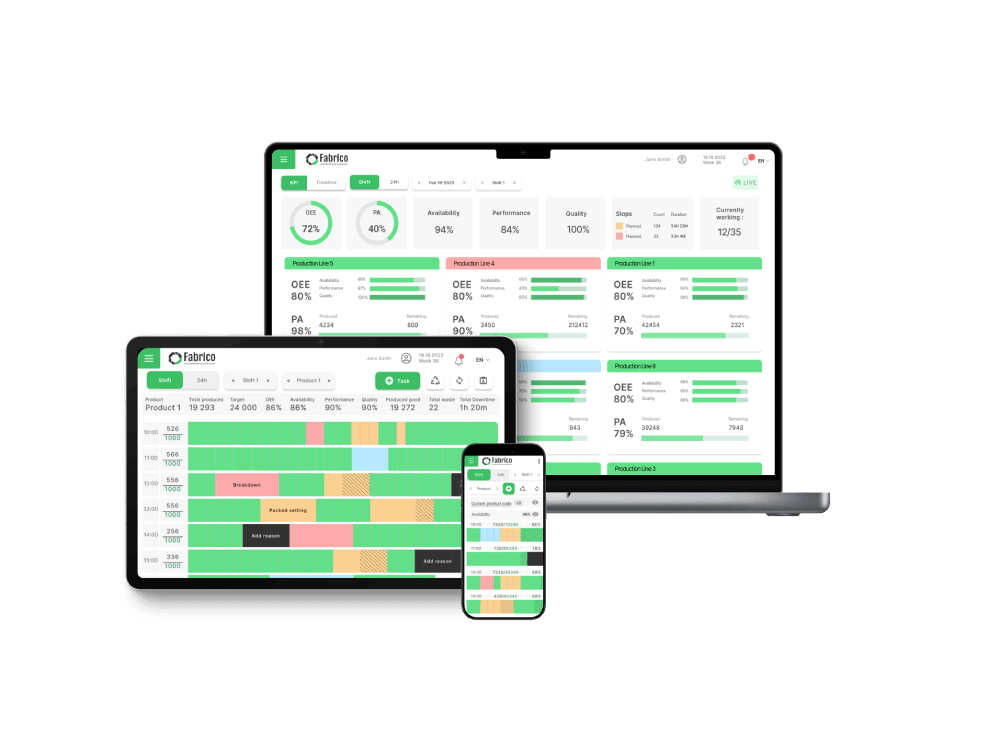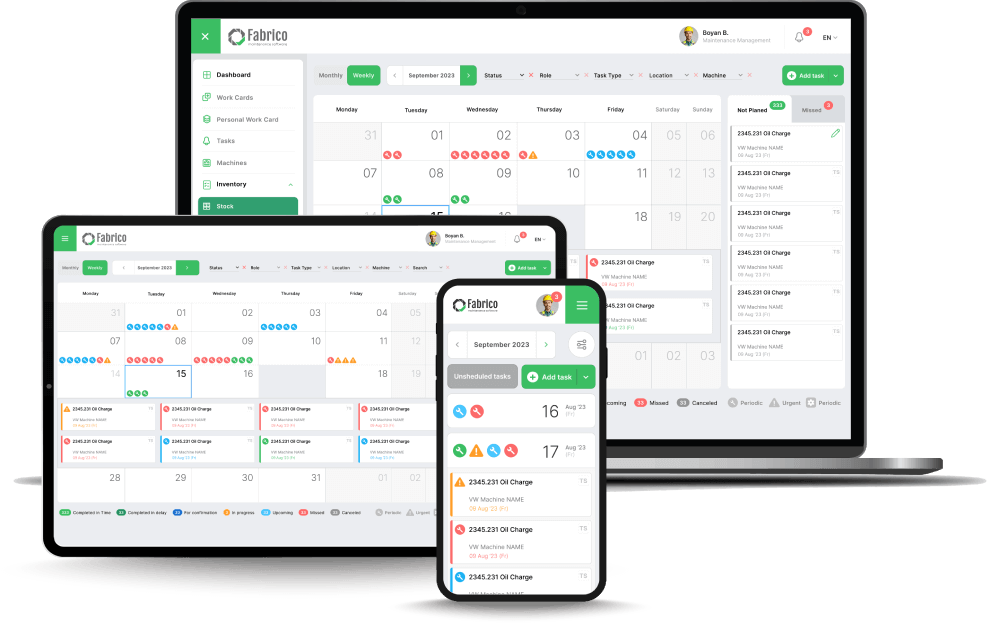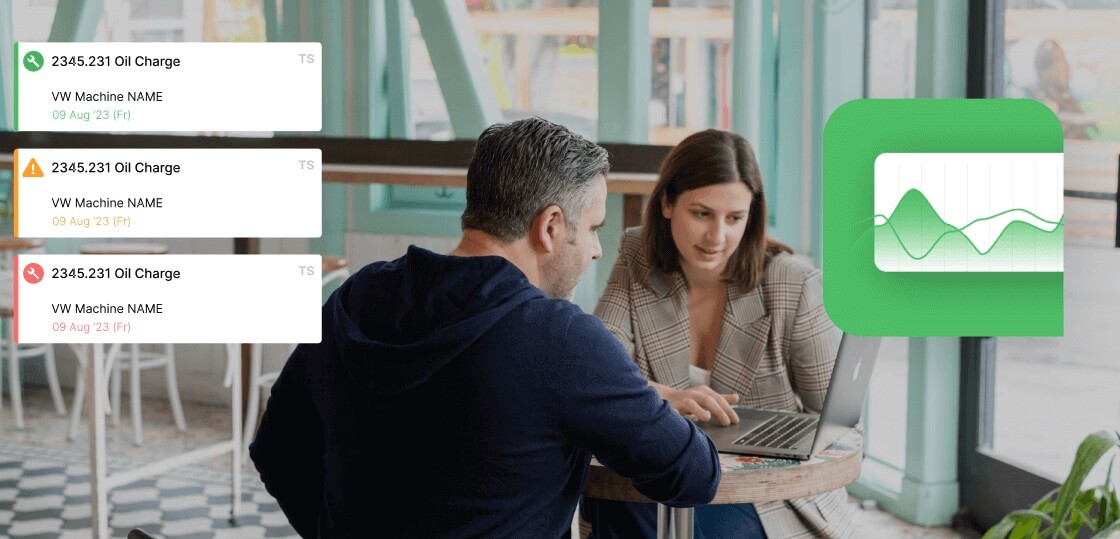In today's competitive landscape, efficient inventory management is the bedrock of operational success. It's the key to unlocking improved operational efficiency, slashing costs, and boosting customer satisfaction.
As supply chains become increasingly complex and globalized, relying on manual processes is no longer viable. Automated inventory management software is not just a luxury; it's a necessity for businesses of all sizes seeking to thrive in 2025 and beyond.
This guide will help you navigate the world of inventory management software, providing you with the knowledge to choose the perfect solution for your specific needs.






